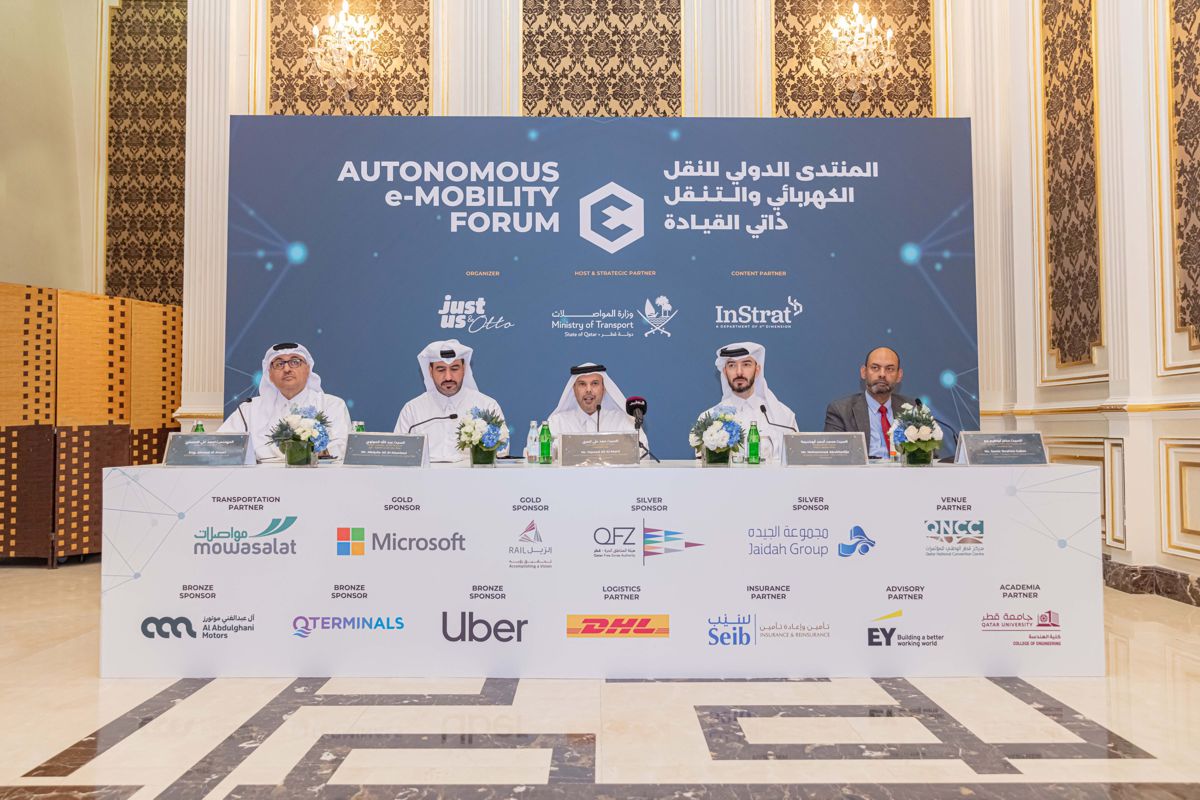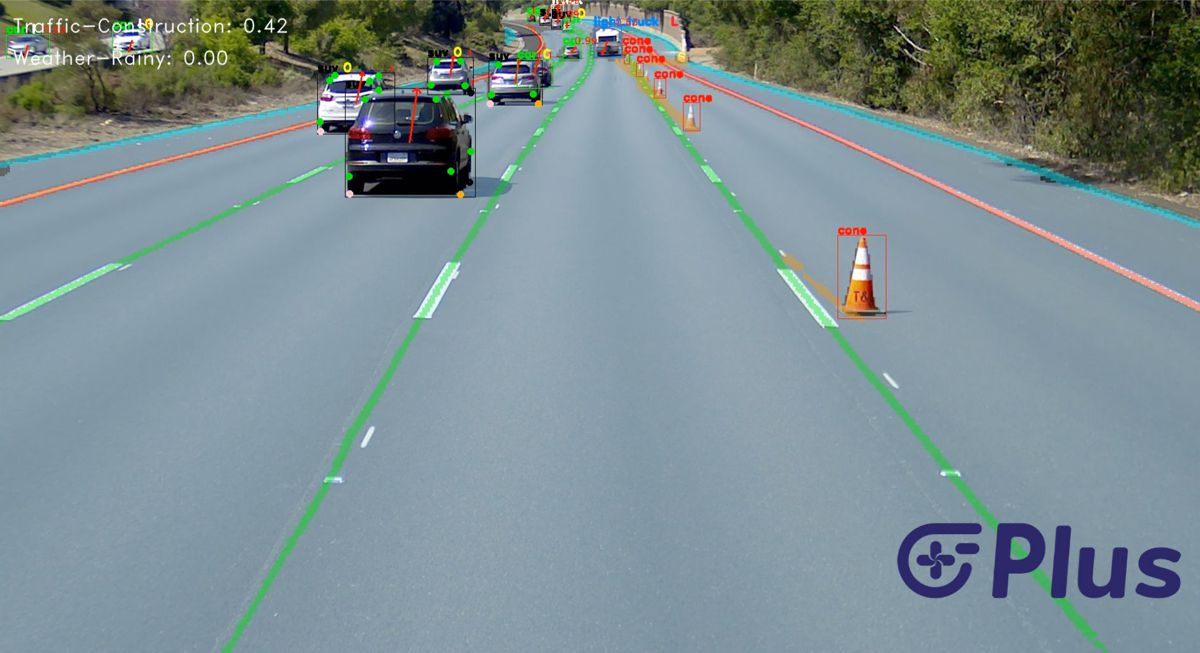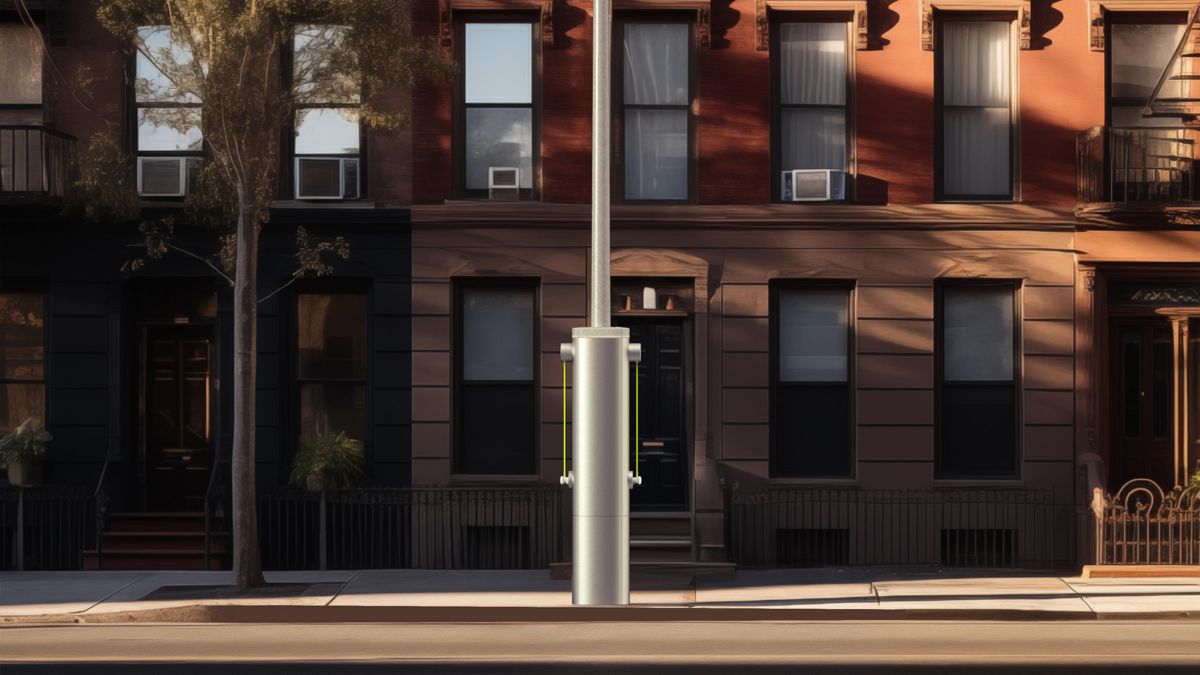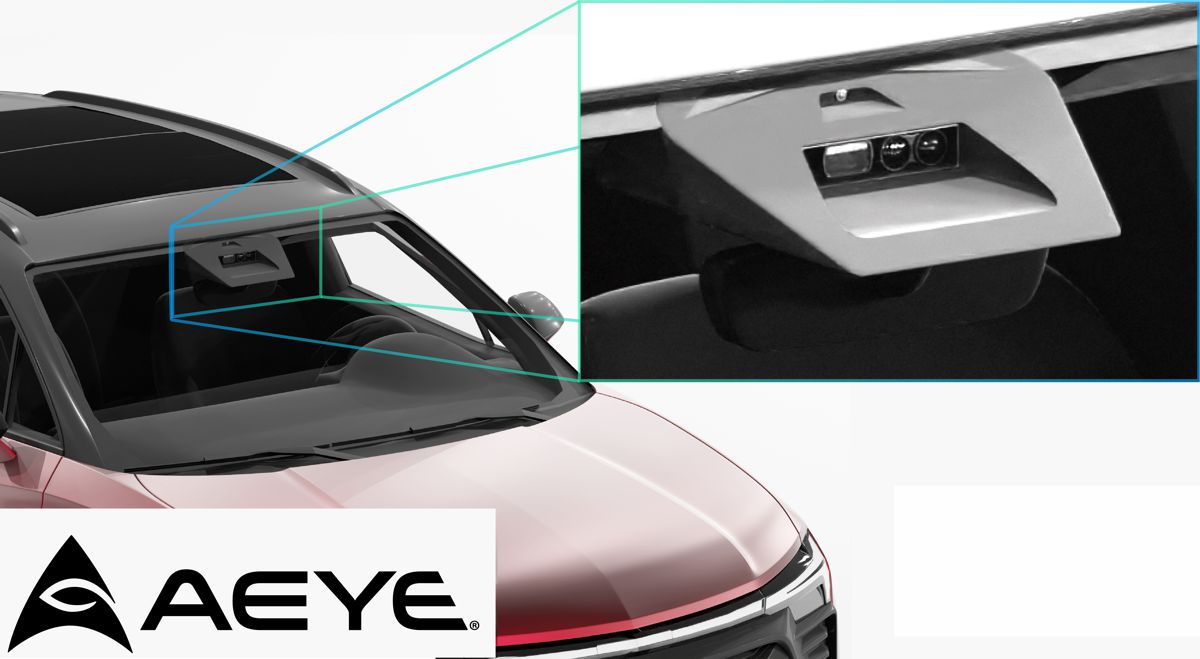Survey shows enthusiasm for ride-hailing robotaxis over ownership
At a time when at least 60 traditional automotive players and new entrants worldwide are gearing up to spend tens if not hundreds of billions of dollars on the development of autonomous vehicles, a survey and analysis of consumer sentiment in six key automotive markets globally reveals that players are likely over-estimating customers’ willingness to pay a big premium for higher-level AVs over today’s technologies. That’s according to a report released by AlixPartners, the global consulting firm.
AlixPartners’ Global Autonomous Vehicle Report, which is based on a survey of more than 6,500 consumers across China, France, Germany, Italy, the United Kingdom, and the United States, found that consumers are willing to spend just an 8% to 24% premium for “hands-off-the-wheel” autonomy over today’s already-available technologies (lane-keeping assistance, automatic braking, etc.). The results ranged from Germany’s 24% down to 8% in China. Americans surveyed said they’d be willing to pay just a 9% premium—or $1,868 versus $1,709.
At the same time, the survey results also suggest that the traditional auto industry in particular faces another big challenge when it comes to AVs: competition from ride-hailing.
When asked if they’d be willing to consider switching from personal-vehicle ownership to using autonomous-vehicle ride-hailing services, or “robotaxis,” if the monthly cost were from 40% cheaper to even 20% more expensive than vehicle ownership, 44% to 84% across the six countries said they would—led by consumers in China, the world’s largest auto market, at the 84%. In the U.S., 44% said they’d consider swapping their personal vehicle for ride-hailing under such circumstances.
“While AVs represent a whole new platform for mobility, companies venturing into this space—new-entrants as well as the traditional auto industry—should be taking a clear-eyed look at their pathway to a viable business model, including perhaps partnering with others to reduce risk on their autonomous-vehicle programs,” said Mark Wakefield, global co-leader of the automotive and industrial practice at AlixPartners.
The AlixPartners survey also found that large percentages of consumers who self-identified as likely buyers of higher-level, personal-use AVs said they’ll wait five or more years after widespread availability to buy one. Those results ranged from China’s 51% up to 81% in the UK. Seventy-nine percent of Americans said they’d wait five years or more.
Consumers in the survey were also generally less than sanguine about the safety of AVs. Though 58% of Chinese said they were confident in higher-level AVs’ ability to navigate safely from one place to another, responses in the other five countries ranged from 36% down to just 18%. Twenty-seven percent of Americans surveyed said they’re confident.
The AlixPartners report also contains an analysis showing a correlation between the countries with lower gross domestic products per capita and a higher willingness to consider switching from vehicle ownership to ride-hailing AVs—with China by far in the lead in that regard.
“Many of the survey responses—from the highest interest in robotaxis to the highest confidence in AV safety—suggest that China could become the epicenter for ‘all things AV’ in the future,” said Wakefield. “Given China’s size alone, that puts all the more pressure on industry players everywhere to make smart, well-thought-through moves—and to make them soon, before it’s too late.”
AlixPartners’ Global Autonomous Vehicle Report includes the analysis of a survey that polled 6,746 consumers in total, including 1,072 in China, 1,019 in France, 1,015 in Germany, 1,037 in Italy, 1,009 in the United Kingdom, and 1,594 in the United States. All those surveyed were ages 18 and above, reported holding driver’s licenses, represented all major regions and income levels in each country, and were in total 50.5% male and 49.5% female. The survey was conducted online April 23-May 17, 2019.















